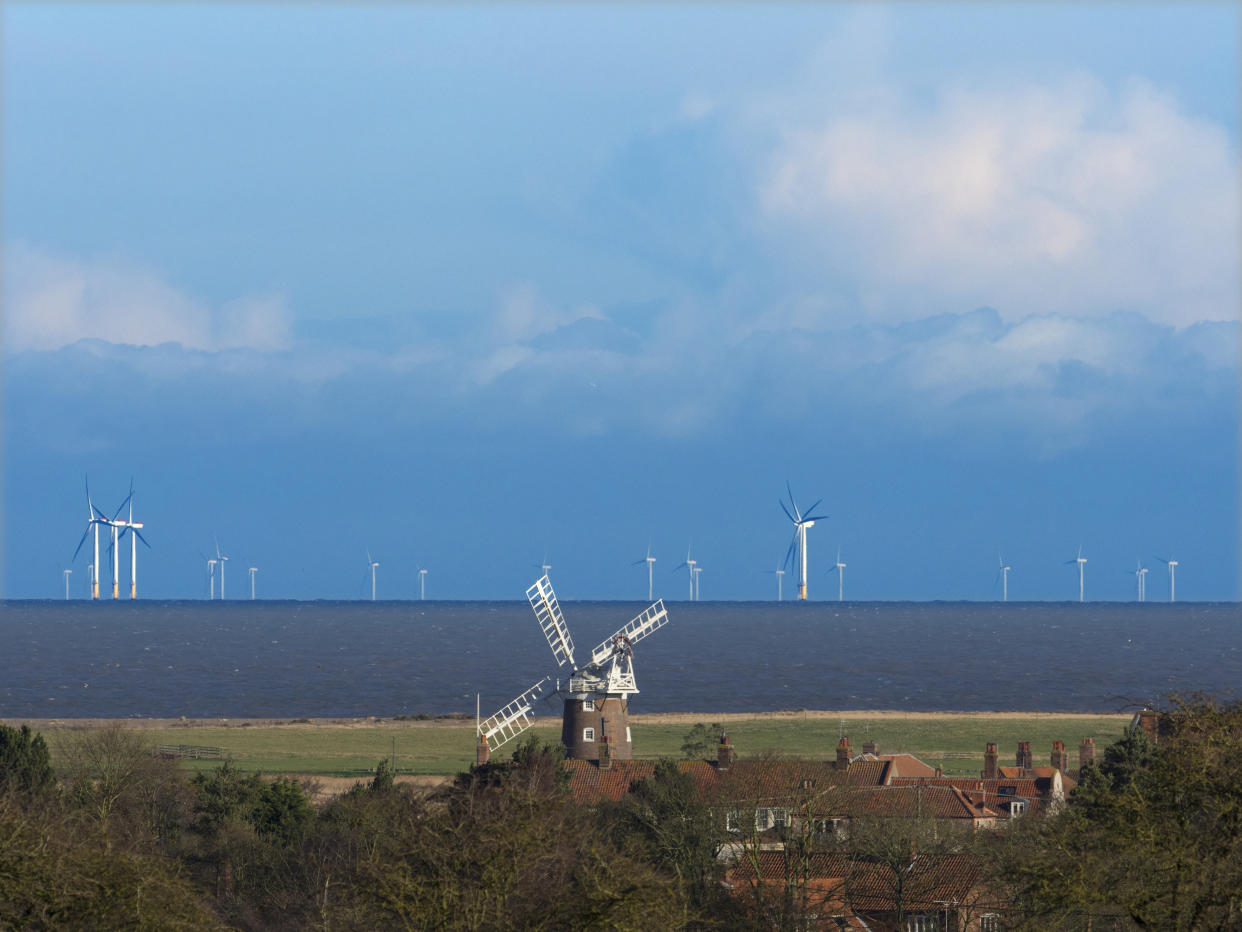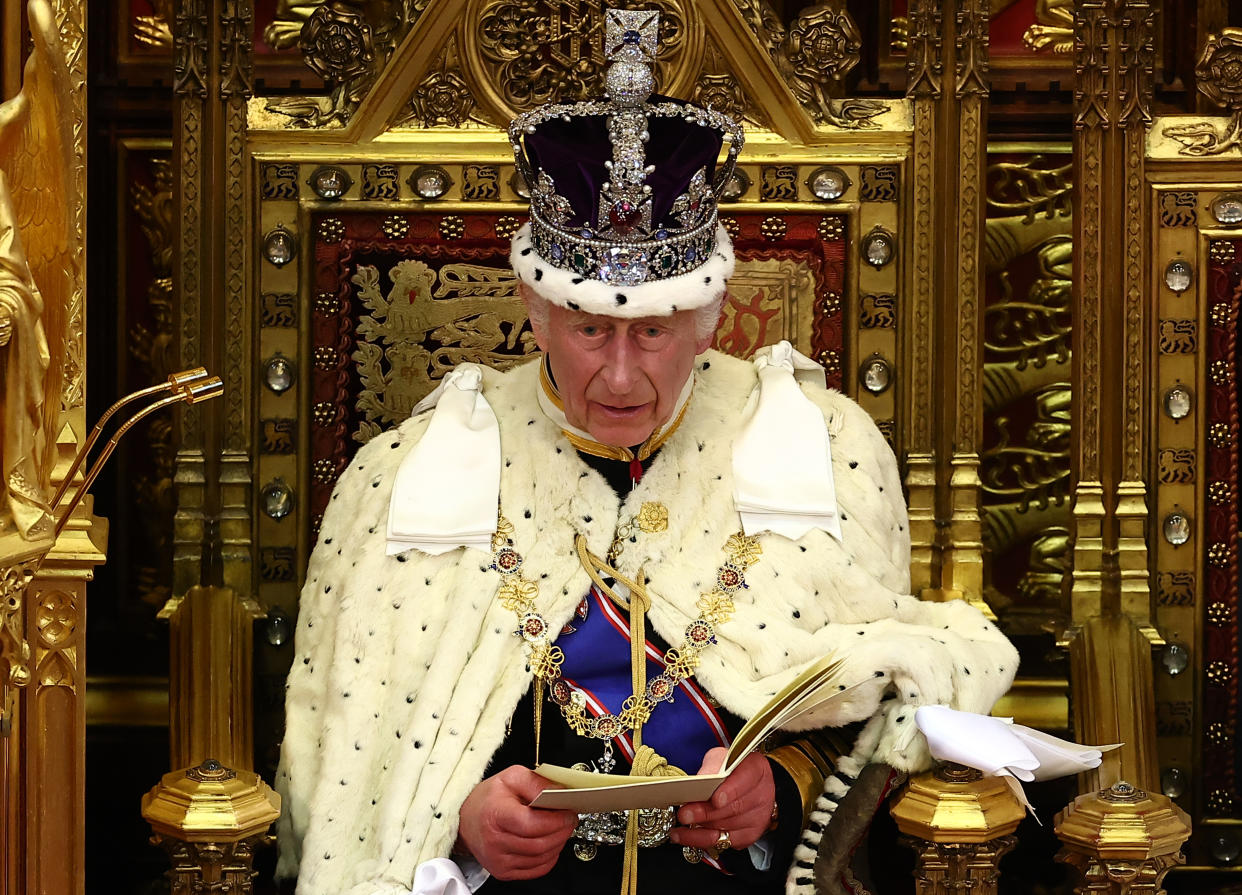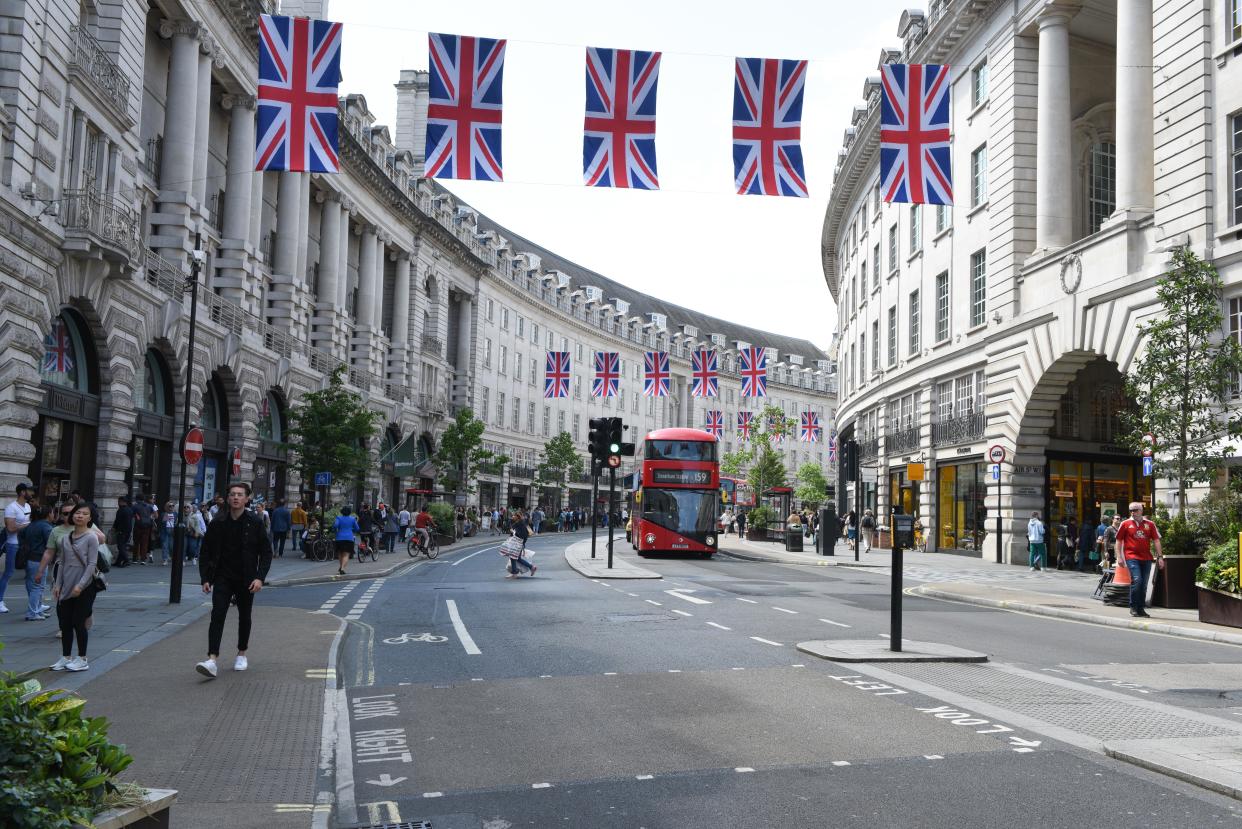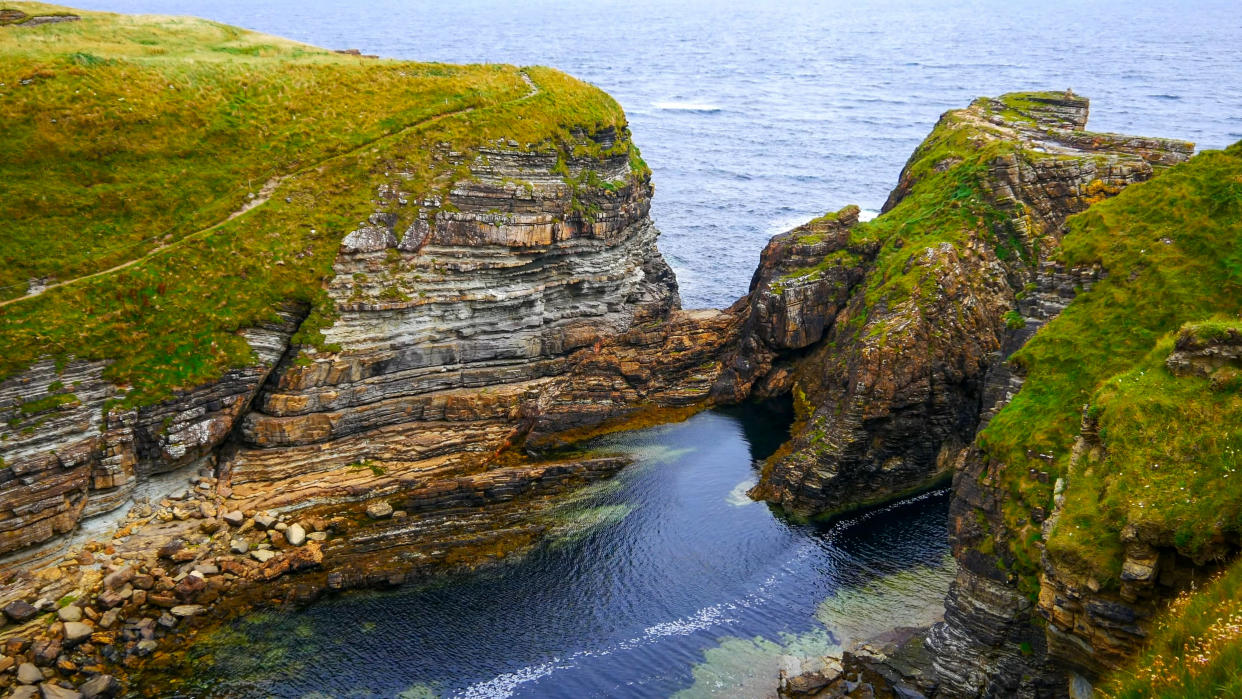Crown Estate mapped: Where is it and how is it linked to cheaper energy bills?

For centuries the Crown Estate has provided income for the Royal Family, with the monarchy owning huge amounts of land across the country and, crucially, most of the UK's seabed.
But now King Charles is set to start working with the government to use some of the estate to boost clean energy production. Under plans laid out by Sir Keir Starmer, the government wants to use royal-owned seabed to build offshore wind farms.
The new wind farms will be developed by GB Energy, the flagship state-owned company championed by the Labour Party during the election. Former Siemens UK boss Juergen Maier has been appointed chairman of the company and is tasked with generating power for the country and lowering bills for Brits.

The company is set to lead energy projects through development stages to speed up the process, before returning them to private ownership but maintaining a stake. It is also designed to reduce the UK’s reliance on energy imported from other countries by generating more of its own electricity.
Much of the Crown Estate's £1.1bn profit last year came from offshore wind projects, and it is already engaged in a significant push to find and develop new plots of the seabed for companies to build wind turbines on.
The Crown Estate estimates the new partnership will lead to up to 20-30 gigawatts of new offshore wind developments being leased by 2030, enough to power almost 20 million homes.
In a separate bill, the Crown Estate is set to be given new borrowing powers, confirmed in last week’s King’s speech, which are designed to help it invest more in preparing its seabeds for offshore wind and other projects. Under current rules, the Crown Estate cannot use its cash reserves to invest because it must hold them against the prospect of future financial losses.
What is the Crown Estate?
When Queen Elizabeth died, King Charles did not simply inherit the throne.
He also picked up the enormous, £16bn Crown Estate portfolio of land and assets that will belong to him for the duration of his time as monarch.

These assets are hereditary possessions of the sovereign held 'in right of the Crown'. That means, unlike Charles's private wealth (such as the £650m Duchy of Lancaster), he cannot sell or profit from the estate and it is his in name only until it passes on to Prince William.
The Crown Estate has returned most of its profits to the government. In return for the King surrendering the income, the taxpayer in return pays the sovereign grant to fund the monarchy.

Due to the increased returns on its land in 2024, the first full financial year of the King's reign, the monarchy was eligible for an extra £45m the Sovereign Grant compared to last year, a 53% increase.
The funding of the monarchy was switched last year from 25% to 12% of the Crown Estate’s net profits because of the rising income expected from the estate’s new offshore wind deals.
The King asked for the wind farm profits to be used for the wider public good. If the 25% formula had continued the monarchy would have received £275m instead of the £132m they will receive.
Where is the Crown Estate?
Below are two maps that detail what the Crown Estate owns as of 2023, with huge chunks of land across the country owned by the monarchy.
Along with the seabed they also own swanky private members clubs, shopping centres and retail areas (such as a chunk of Regent's Street in London) and, perhaps less glamorously, a distribution depot just off the M1.
In central London, the Crown Estate's holdings are some of the most prime real estate the capital has to offer. Owning nearly the entirety of Regent Street, it is also one of the largest property owners in the West End with a 10m square foot portfolio.
It owns an abundance of retail space, office buildings, residential properties — a three-bedroom rental property on Jermyn Street will set you back over £7,000 a month — renowned restaurants and entertainment venues like the Theatre Royal Haymarket.
They also are the freeholder for private members clubs like Boodles and the Carlton Club — the original home of the Conservative Party.
The Crown Estate owns the vast majority of Britain’s seabed, stretching up to 12 nautical miles from the mainland, and leases parts of it to wind farm operators.
According to its website, the Crown Estate plays "a key role in supporting the UK’s position as a world leader in offshore wind development", adding: "Our work is making the country’s energy supply more sustainable and secure and is a major driver in the UK’s fight against climate change.
"We work closely with industry and stakeholders to address the competing needs for seabed space. Supporting nature and the rich biodiversity of our seas, and helping to rejuvenate local economies and communities by supporting the development of new jobs and industries sits at the heart of what we do.
"Our role includes identifying and leasing suitable seabed sites for development, awarding rights for extensions to existing projects."
Read more


